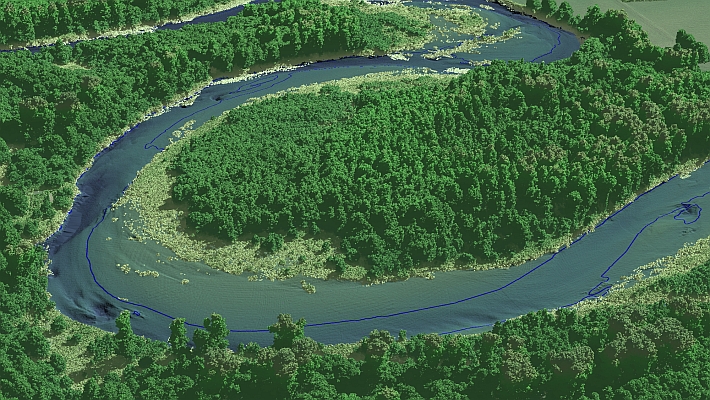The U.S. and Japan convened a plenary meeting at the Department of State in Washington, D.C., on January 13 to review and discuss cooperation in the civil use of the Global Positioning System and GPS augmentations, including Japan’s Multi-functional Transport Satellite Satellite-based Augmentation System and Quasi-Zenith Satellite Systems.
The GPS consultations are held regularly pursuant to the "Joint Statement on Cooperation in the Use of the Global Positioning System" signed by the two governments on September 22, 1998. During the meeting, the U.S. representatives described the status of GPS modernization and the U.S.’s international GPS cooperation with third parties. Representatives of the government of Japan reported on the status of the MSAS and QZSS programs and on Japanese international GNSS-related cooperation activities.
Both governments reaffirmed the importance of providing open access to space-based positioning, navigation, and timing services for peaceful purposes, free of direct user fees.
According to the National Executive Committee for Space-Based Positioning, Navigation, and Timing, GPS and its augmentations have become an integral part of modern life in the U.S., Japan and the world, providing essential services and increased efficiencies in a broad range of applications such as aviation and maritime safety-of-life, geodetic surveying, car and personal
navigation, mobile telephone timing, international financial transactions, and electric power transmission.
Representatives of both governments reviewed the ongoing work of the GPS/QZSS Technical Working Group, which was established to foster close cooperation during the development of QZSS. The TWG reaffirmed that GPS and QZSS are designed to be compatible and highly interoperable.
Both governments noted with satisfaction that the Japan Aerospace Exploration Agency and the U.S. National Oceanic and Atmospheric Administration have completed the installation of a QZSS Monitoring Station on NOAA property in Guam.
A similar effort between JAXA and the U.S. National Aeronautics and Space Administration to establish both a QZSS MS and a Two-Way Satellite Time and Frequency Transfer station at a NASA facility in Hawaii, in support of Japan’s National Institute of Information and Communications Technology and the U.S. Naval Observatory, is nearing completion.






